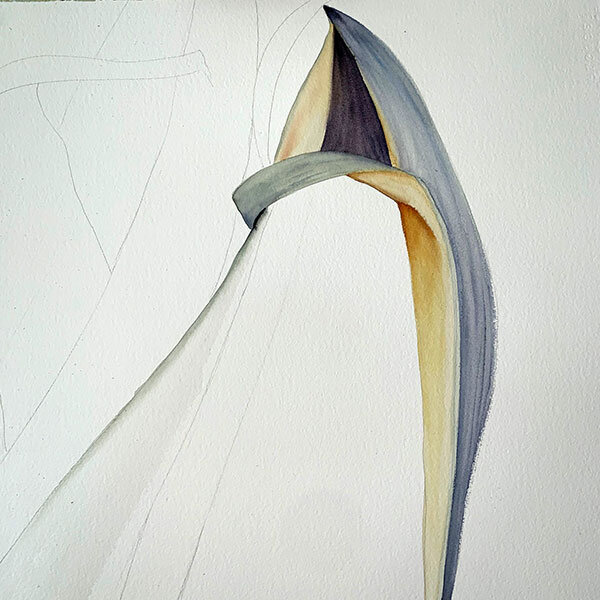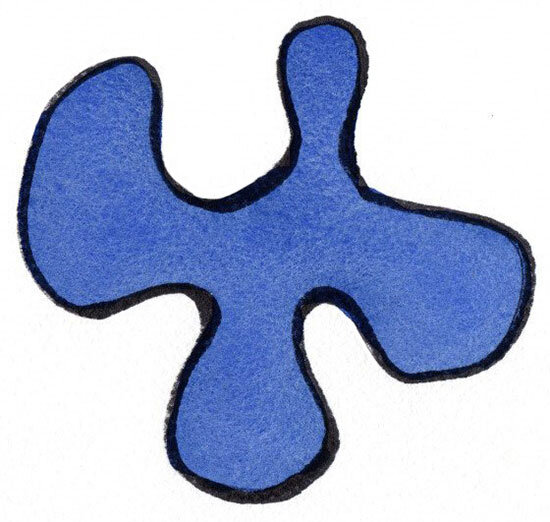The first time it happened, I was painting at the Hilton Hawaiian Village.
As I lifted a loaded paintbrush to the painting on the easel, my hand suddenly went back to touch the paper towel.
What?
I hadn’t decided to touch the paper towel, my hand simply did it.
Since that day, my hand often spontaneously releases excess water & paint — apparently, the brush is too full!
This kind of experience is one reason to develop a painting practice.
Another reason is that when your mind is focused on painting, you’re distracted from the daily issues plaguing you.
This level of joyful focus opens you up to receive insight and inspiration for your painting and sometimes even for your life.
My friend, Rebecca calls this phenomenon “epiphany city” — that’s how often it can occur!
Taking a class is a great way to start painting.
Classes both inform and give you permission to set aside time for yourself each week.
You deserve a “time of your own!”
If you enjoy painting, consider creating a painting practice for yourself.
By deliberately setting aside time to paint once, twice, or more each week, you signal to yourself, and to others, that you deserve a joy-filled life.
By making yourself a priority, you increase self-care, paint more often, and your paintings improve more quickly.
For best results, schedule your practice ahead of time.
Look at your calendar to decide the best days and times to paint.
If this week is full, look at next week.
Get started in 15 minutes!
You don’t need a dedicated spot to paint.
Watercolor is easy to set up & fast to clean up.
Try a few different time slots to see which ones feel best, then commit to this window a few days or weeks in advance.
Until your practice is a consistent part of life, keep it short, sweet, and regular.
In the beginning, even if you have the time to paint longer, stick to 15 minutes.
If you increase your painting time too quickly, one day you’ll decide you can’t fit it in. You’ll skip a day and maybe the next. Pretty soon you’ve lost your rhythm and the slippery slope to not painting is paved.
I’ve been there.
The more often you paint, the more rewards you reap.
Sometimes, my hand drifts from the color I’d intended to use to another color on the palette. Imagine my surprise when, instead of blue, I see orange or red show up on my painting.
The first time this happened, I flinched.
Now I figure my painting can benefit from the surprise and I find a way to work with it.
One day, your hand will spontaneously touch the paper towel, or choose a color.
If a hand can receive guidance, and if it can be accepted so easily, maybe you can receive guidance in other areas of life as well.
Maybe the more you trust, the more you can receive.
When you’re focused on painting, you are in a mindful moment.
That’s when inspiration flies in like a breeze, so quickly and lightly that you don’t always realize it’s happened.
In those moments of flow, your batteries are recharged, and your heart & mind are inspired to new levels.
By distracting the thinking part of your brain, you become the observer of all that’s before you and within you.
In this way, you’re meditating with eyes wide open, allowing the flow of synchronistic happenings to form a new hologram for you to follow.
This is all part of your Inner Wisdom. It’s always here with you, ready to fill you with enthusiasm.
Be playful and light. Wisdom is patient and all-loving. Time is elastic and when you’re ready, your wisdom is here for you.
While it might seem like a big jump to go from receiving painting inspiration to life inspiration, it’s not.
Watercolor is a great, patient teacher.
What is needed in a painting can be reflected as what is needed in your daily life.
Does your painting need more dark colors to give it more depth? Or a bright color to add spice?
Does it need to rest before your next painting session?
How about you?
Do you need time for reflection, a rest from all that you’re doing, or maybe a change of pace or of perspective, a little more spice?
Painting is the reason I moved to Hawaii. Painting with Watercolor taught me how to trust the painting process.











